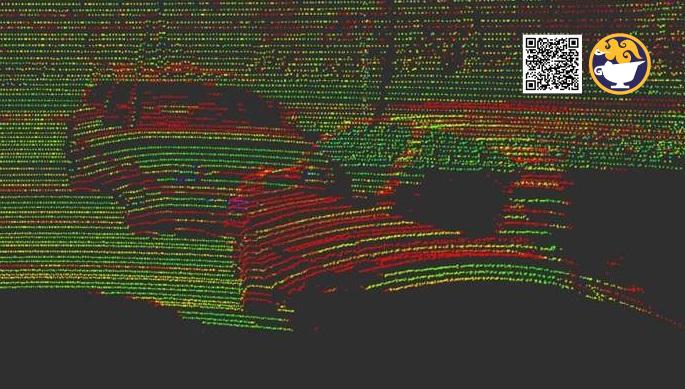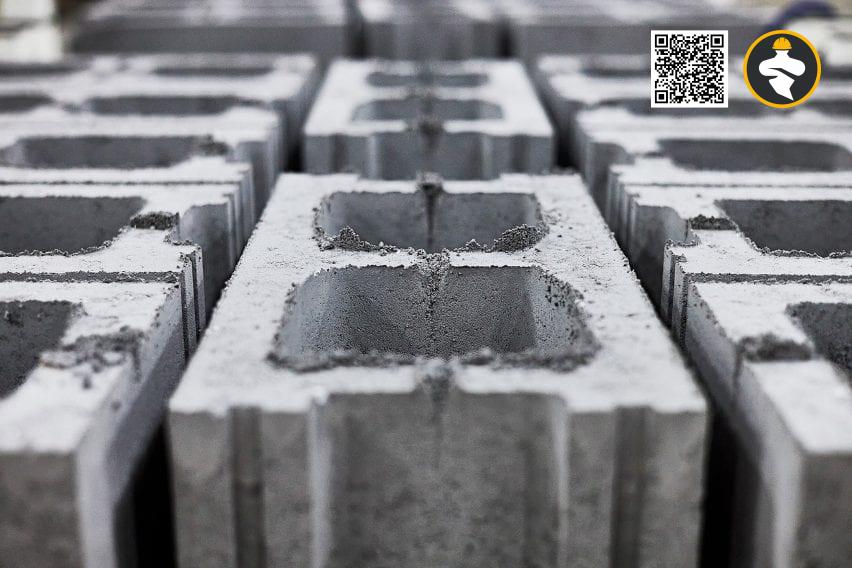17 automakers have stated plans to employ or are already using LiDAR sensors across 21 distinct vehicles as of 2022. Before this technology is widely employed, there are a few issues that must be resolved.
LiDAR, which stands for light detection and ranging, uses light photons to scan the area around the sensor and record the location and distance of objects. LiDAR can see in the dark and distinguish between stationary and moving objects in real time. This means that a vehicle equipped with LiDAR technology can see and maintain the safety of its driver, passengers, and other road users.
In their research report that was published in Optical Engineering, Associate Professor Scott Budge and his student Chaz Cornwall assert that LiDAR increases the responsiveness of commercial vehicles. With existing technology, it is challenging for cars to stop fast and adapt to changing circumstances.
A lack of object movement distinction, such as that between a small child and a paper bag blowing in the wind, high levels of noise, which frequently render a produced image unviewable, and difficulty viewing immobile objects that are in the path of a collision are three problems with LiDAR that must first be addressed, according to Budge and Cornwall.

Budge and Cornwall evaluated two LiDAR maps created using biologically inspired processes: one using the original technique and the other modified to address these concerns, in order to examine possible solutions. Their updated LiDAR map was successful in identifying and differentiating between barriers and accurately detecting movement.
Focusing on warning of a potential accident based on mobility “may be a strategy to remove false positives,” according to Budge. Another option is to use the obstacle distance to link a photon to a particular pixel location in order to estimate a collision.
This basically indicates that LiDAR, which uses billions of light photons at once, can correct the aforementioned problems that were identified in the paper by modifying the where, what, and when of a light photon. Budge and Cornwall both concur that testing in real-time will yield superior insights, despite the fact that this research employed real data.
Reference: Techxplore.com











